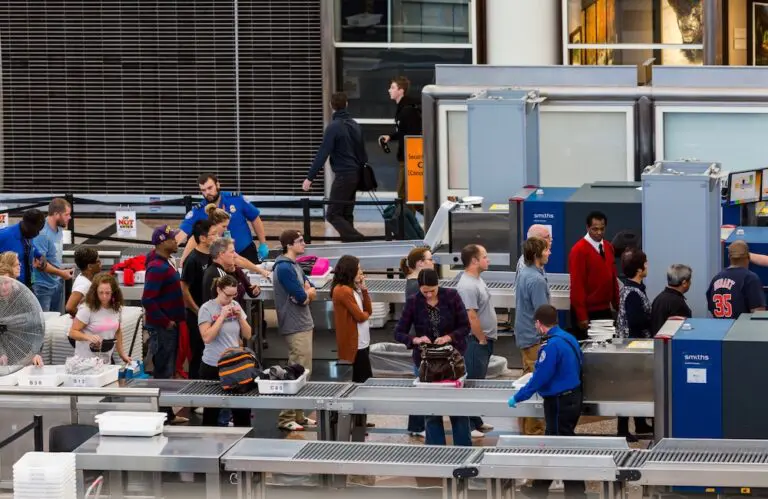The World Travel & Tourism Council (WTTC) predicts a jaw-dropping year for travel and tourism in 2024, with the sector set to contribute a whopping US$11.1 trillion (around AU$16.8 trillion – or AU$46 billion a day) boost to the global economy.
According to WTTC’s 2024 Economic Impact Research (EIR), the travel sector will add approximately US$770 billion (AU$1.2 trillion) more than its previous best year, underling its status as a global money-making juggernaut, contributing one in every ten dollars worldwide.
As travel rockets past its pre-pandemic peaks, WTTC anticipates that 142 out of 185 countries will break their own national records this year.
Teaming up with Oxford Economic, the latest EIR paints a picture of a bustling industry, supporting nearly 348 million jobs globally. That’s a surge of over 13.6 million roles since 2019. But many of those jobs need to be filled in the crucial travel agency sector – especially in Australia, where ATIA data shows that two in three Aussie businesses can’t hire enough travel agents.
International traveller spending is on track to nearly match its 2019 peak, hitting $1.9 trillion (almost AU$3 trillion), while local tourists are expected to splash out a record-breaking $5.4 trillion (AU$8.2 trillion).
Looking back

Even with economic ups and downs, the travel and tourism sector appears unstoppable.
Making up 9.1 per cent of global GDP – over $9.9 trillion in 2023 (AU$15 trillion) – the travel industry’s financial footprint last year was the biggest since its golden year of 2019, and only four per cent less than its peak.
The industry also beefed up its workforce by an extra 27.4 million jobs, reaching nearly 330 million jobs worldwide.
International spending soared by 33.1 per cent to $1.63 trillion (AU$2.5 trillion), highlighting a strong comeback for many countries, with local spending also surging by over 18 per cent to nearly $5 trillion (AU$7.6 trillion).
In the US, international spending is still over 25 per cent below the 2019 peak, while China is trailing with almost 60 per cent less visitor spending.
Despite some sluggish international spending in the US and China, the overall trend for the world’s two biggest travel markets is upward.
Looking forward
According to the WTTC, the good times are predicted to continue for the sector. By 2034, the industry is expected to inject a massive $16 trillion (AU$24 trillion) into the global economy, making up 11.4 per cent of the total economic output.
The booming sector is also gearing up to be a major job creator, offering employment to nearly half a billion (449 million) people worldwide, with around one in eight workers fuelling this dynamic industry.
“Against the backdrop of uncertainty, the travel and tourism sector remains a global economic powerhouse,” WTTC President and CEO Julia Simpson said.
“This isn’t just about breaking records, we’re no longer talking about a recovery – this is a story of the sector back at its best after a difficult few years, providing a significant economic boost to countries around the world and supporting millions of jobs.
“There’s a risk however – we need the US and Chinese governments to support their national travel and tourism sectors. The US and China will continue to suffer whilst other countries are seeing international visitors return much faster.”
Spotlight on WA

Late last year, Perth was unveiled as the host of the 2024 WTTC Global Summit, marking the first time the event has been held in Australia and Oceania.
Read our wrap of the state of international leisure travel, which according to World Tourism Organization (UNWTO) data, made an astonishing recovery in 2023, closing in on 90 per cent of pre-pandemic levels by the year’s end.
And check out Gaya Avery’s opinion piece on the point of travel – making travel matter and other lessons from the pandemic.






